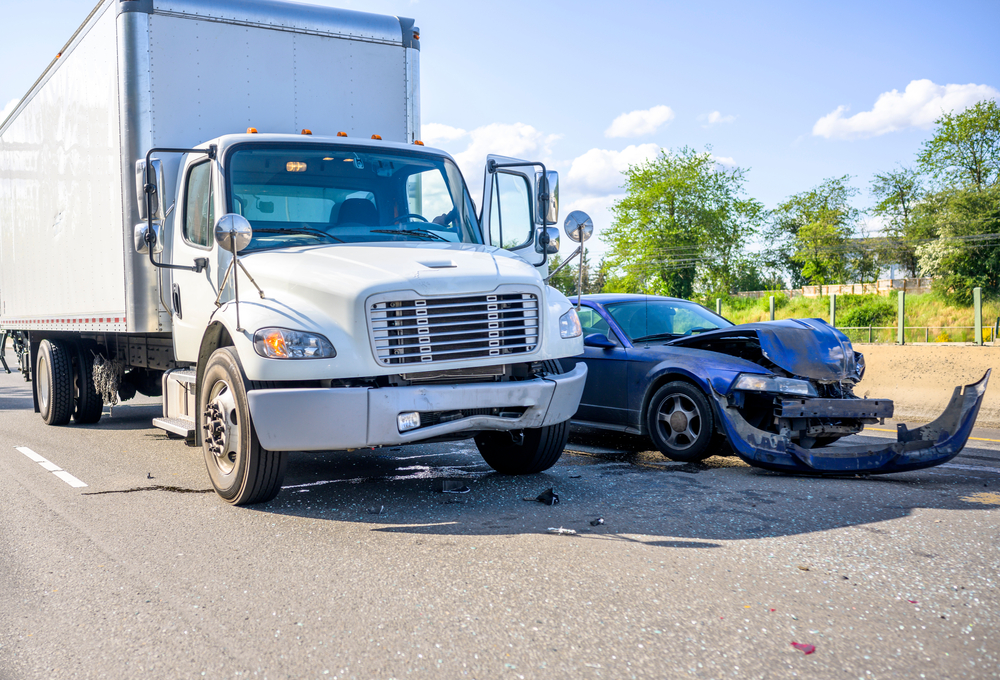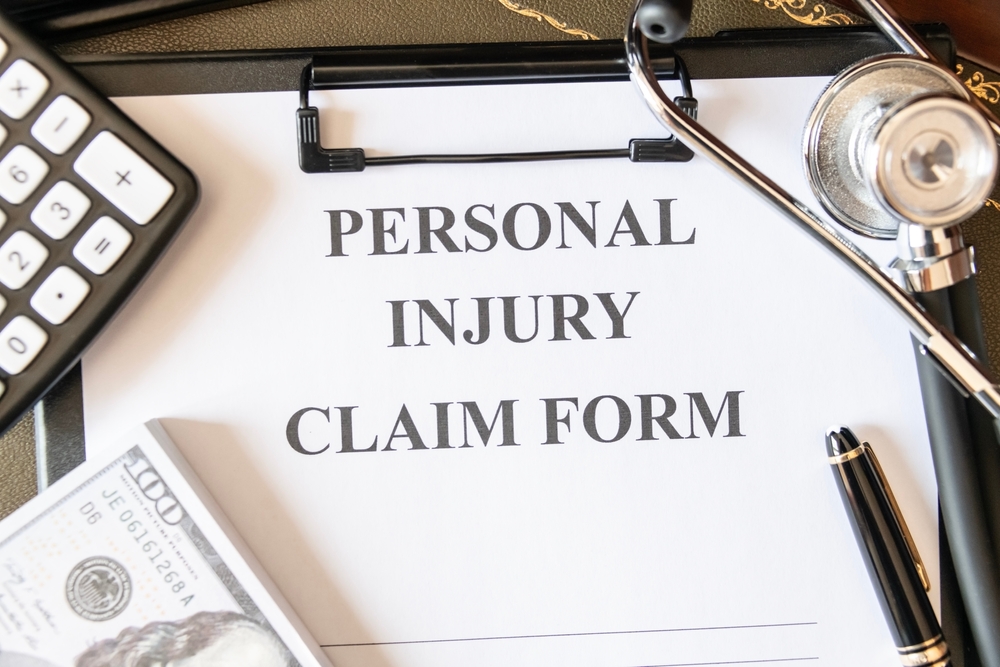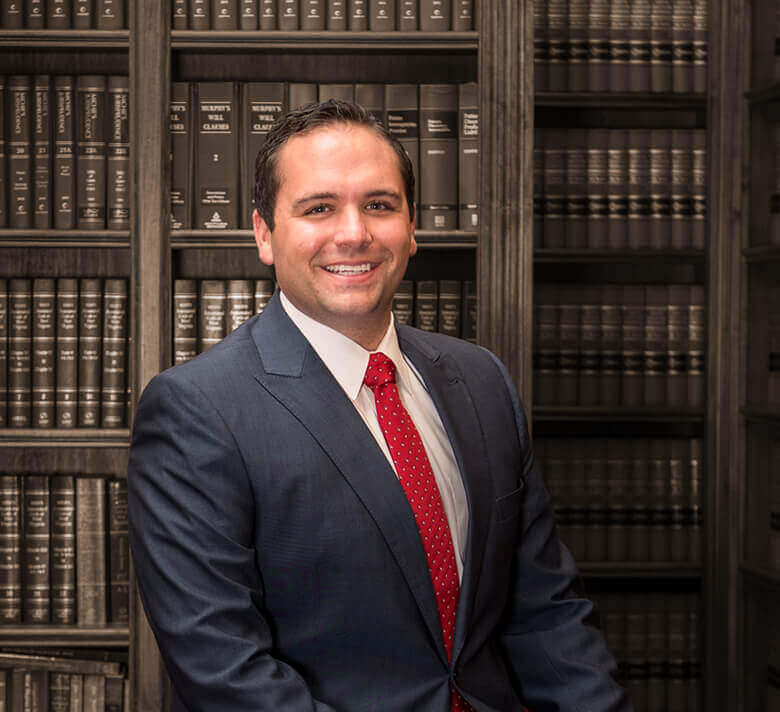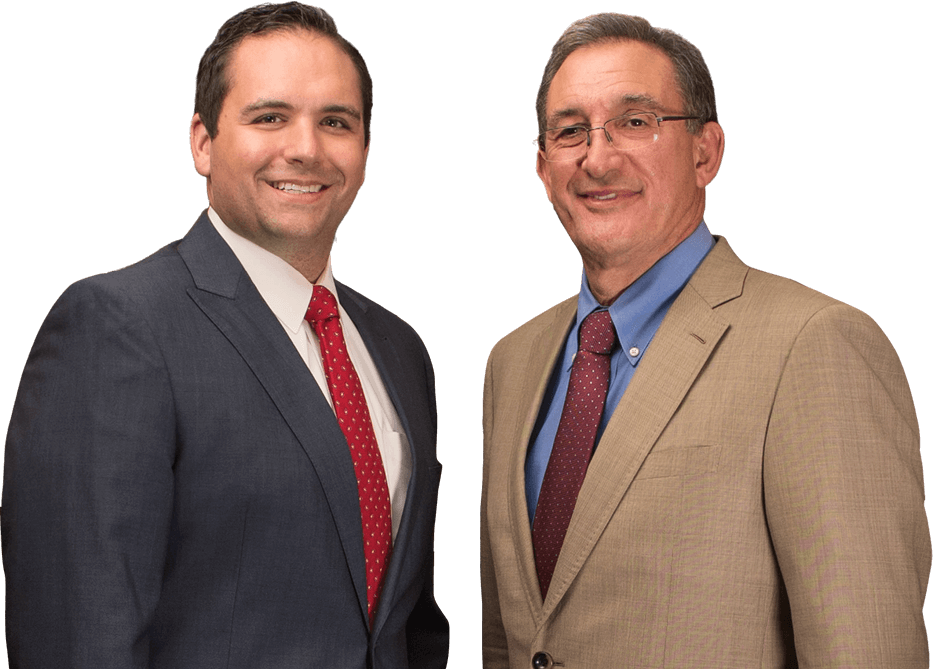
When a personal vehicle collides with a commercial truck or company car, the results can be overwhelming. These crashes are rarely simple because they involve more than just two drivers. Employers, multiple insurance companies, and West Virginia’s unique fault laws all come into play, creating a web of legal and financial challenges.
For people in Fairmont and across the state, understanding how these cases work is the first step toward protecting their rights and avoiding costly mistakes.
When a collision involves a large commercial vehicle, such as a semi-truck or delivery van, and a personal car, the legal picture changes. Unlike a typical two-car crash, these cases almost always bring in multiple insurance companies.
A driver’s personal policy may cover one part of the claim, while the employer’s commercial policy may cover another. This overlap leads to disputes about which policy pays first and how fault is shared.
Common examples include delivery trucks striking passenger cars at intersections, company vehicles being used for both work and personal errands, or tractor-trailers colliding with local traffic on the I-79 corridor near Fairmont. Each of these scenarios introduces different questions about responsibility and compensation.
West Virginia follows a modified comparative negligence system. This means that more than one driver can share responsibility for a crash.
“Under West Virginia Code §55-7-13a, a plaintiff who is found to be 50% or more at fault cannot recover damages.”
If a commercial driver is 70% responsible and a personal driver 30% responsible, the individual driver may still recover damages, but the recovery is reduced by 30%. If the personal driver is 55% at fault, however, they cannot recover at all.
Another law recently passed, West Virginia Code §55-7-32, clarifies how employers are liable for the acts of commercial motor vehicle drivers. This statute strengthens claims under respondeat superior, while still allowing claims for negligent hiring, supervision, or entrustment when appropriate.
These laws show that fault percentages and employer responsibility are central issues when a personal vehicle collides with a commercial truck or van.

Insurance is often the most contested issue in mixed vehicle collisions. Commercial trucking companies usually carry policies with higher coverage limits, while personal auto insurance may be more limited. Figuring out which policy applies first is not always simple.
A company may argue that the driver was acting outside the scope of employment, which could shift liability back to the driver’s personal policy. Disputes may also arise over umbrella or excess coverage and how uninsured or underinsured motorist benefits apply.
This can leave victims in Fairmont dealing with multiple insurers at once, each trying to minimize what they owe. Understanding how coverage stacks or overlaps is essential to avoid gaps in recovery.
Evidence is what makes the difference between a strong claim and a weak one. In commercial vehicle cases, electronic logging devices (ELDs), black box data, and driver qualification files can reveal important information about hours of service and company safety practices.
Personal vehicles often have event data recorders (EDRs) that capture speed, braking, and steering before impact. Dashcams, GPS systems, and phone records can provide additional context.
According to the Federal Motor Carrier Safety Administration, preservation of black box and logbook data is vital because it can be erased or overwritten if not secured quickly.
Preservation letters should be sent promptly to trucking companies, personal drivers, and insurers to prevent the destruction of key records. With two different vehicle types, it becomes even more important to secure evidence from both sides.
One of the most complex aspects of mixed collisions is determining whether the commercial driver was an employee or an independent contractor.
If the driver was an employee acting within the scope of work, the employer is generally responsible under the doctrine of respondeat superior. If the driver was an independent contractor, proving liability may require showing negligent hiring or unsafe supervision practices.
Other parties may also share responsibility. Cargo loaders who improperly secure freight, maintenance contractors who fail to inspect brakes, or brokers who push unsafe scheduling can all face claims if their actions contributed to the crash.

Fairmont sits along the busy I-79 corridor, where heavy truck traffic mixes with local commuters. Accidents here often involve commercial vehicles passing through on long hauls.
According to the West Virginia Department of Transportation, truck-involved crashes remain a significant contributor to roadway injuries and fatalities in the state. WV DOT Traffic Safety
Victims should also know that West Virginia sets a two-year statute of limitations for filing most personal injury claims. Missing this deadline can bar recovery entirely.
The process after a crash often involves coordinating multiple insurance adjusters, dealing with medical lienholders, and preparing for settlement negotiations. Taking action quickly helps avoid delays or missed evidence.
|
Scenario |
Commercial Driver Fault | Personal Driver Fault |
Result Under WV 50% Bar Rule |
| Commercial driver texting, personal driver not at fault | 100% | 0% | Personal driver can recover full damages from commercial parties |
| Both speeding, commercial 70% / personal 30% | 70% | 30% | Personal driver can still recover, reduced by 30% |
| Personal driver 55% / commercial 45% | 45% | 55% | Personal driver barred from recovery (over 50% at fault) |
Multiple insurers, overlapping policies, and employer liability issues make mixed collisions far more complicated than standard passenger car accidents.
If victims are 50% or more at fault, they cannot recover damages. If the fault is lower, their recovery is reduced proportionally.
Usually, the at-fault driver’s policy applies first, but disputes often arise between employer policies, personal policies, and excess coverage layers.
Black box and ELD data, event data recorders, dashcams, and driver logs are vital pieces of evidence that must be preserved quickly.
Employer liability depends on whether the driver was acting as an employee or a contractor. This affects which policies and legal theories apply.
Generally, victims have two years from the date of the accident to file a claim under West Virginia law.
Accidents involving both commercial and personal vehicles in West Virginia create tricky legal challenges. From comparative fault rules to overlapping insurance coverage and employer liability, these cases demand careful attention to detail. Preserving evidence and understanding the new state laws can make a significant difference in the outcome.
Every case is different, and results depend on the facts. For those in Fairmont and across West Virginia, Manchin Injury Law Group is equipped to guide accident victims through the process with experience in both local courts and state law. Contact us today for a free consultation.

Member at Manchin Injury Law Group
Attorney at Personal Injury

Attorney Timothy Manchin established the Manchin Injury Law Group in 2011 after his law partner of more than 25 years became a West Virginia circuit court judge. His focus is on helping individual clients and entire families victimized by negligent acts.
We offer a free initial consultation at our office in the Manchin Professional Building — our home since 1983 — conveniently located in Fairmont.
If you are unable to visit our firm, we can come to your home or hospital room.
Fill out the form below to get in touch!